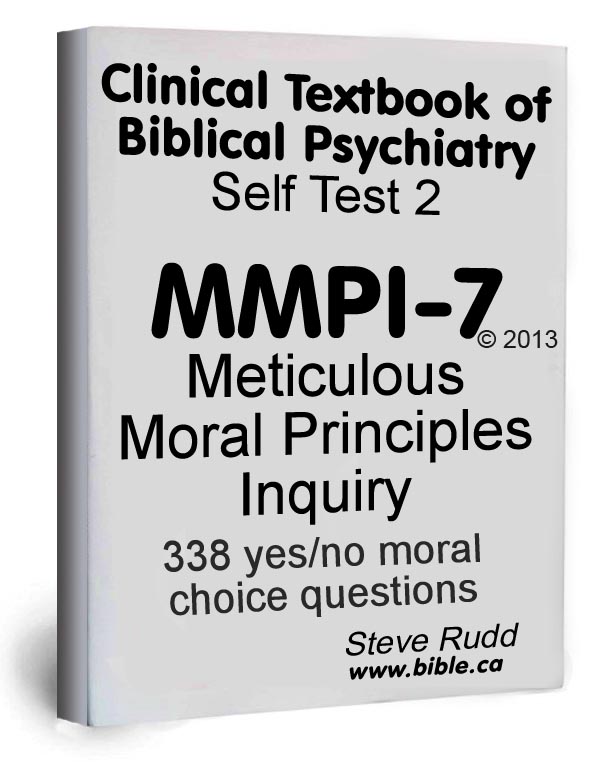
In the setting of a psychotherapy consultation or assessment, the MMPI-2 (Butcher, et al, 1989) can provide a clinician with a ‘normative framework’ from the. Updates were introduced in 2003 (The Restructured Clinical RC Scales) and 2006 (The Symptom Validity FBS Scale) documented in a test monograph in 2009. The scale measures attitudes and practices that are good. The person might be trying to avoid the questions.

Lie (L) The MMPI Lie scale is a test to know if someone is lying. MMPI-2 interpretative cookbooks, computer report-writers, adherence to the intent of the test-developers, and appeals to authority are inadequate substitutes for empirical accuracy, and an active hypothesis-testing interpretative approach, based upon setting-specific base-rate data, is recommended. The MMPI-2 (Butcher, et al, 1989), a revision of Hathaway and McKinleys’s original 1943 test, is a tool used today to psychologically assess people for a variety of purposes. The Minnesota Multiphasic Personality Inventory-2 ( MMPI-2), a revision of the original MMPI (1943) was published by the University of Minnesota Press in 1989 and revised in 2001. The Minnesota Multiphasic Personality Inventory-2 (MMPI-2) contains four validity scales that measure someone’s attitude and the way they answered the test. In particular, the validity of codetype-based interpretations, the role the MMPI-2 plays in differential diagnosis, and assumptions regarding diagnostically-specific patterns on the test are challenged. The data presented here challenges these traditional MMPI-2 interpretations and calls into question assumptions and commonly employed techniques when applied in this setting. The MMPI-2 is used in mental hEvalth, medical and employment settings. It is the most widely used psychometric test for measuring adult psychopathology in the world. The test booklet was adapted from the original MMPI and the MMPI-2, the latter a revised version of the test for adults. This paper analyses MMPI-2 protocols of 2080 cases derived from a forensic psychiatric practice in Brisbane, Australia. The original Minnesota Multiphasic Personality Inventory (MMP) was published in 1940 and the second revised versionu2014the MMPI-2u2014was published in 1989. The Minnesota Multiphasic Personality Inventory-Adolescent (MMPI-A), published in 1992 by the University of Minnesota Press, is the first MMPI instrument designed specifically for use with adolescents. The Federal Aviation Administration (FAA) announced it will not allow the use of the MMPI-3 for pilots and air traffic controllers (FAA, 2021).

However, the relative paucity of studies examining the forensic role of the MMPI-2, raises concerns about the applicability of traditional interpretative guidelines in the medicolegal arena. MMPI-3 Prohibited by FAA for Psychological and Neuropsychological Evaluations. It is primarily intended to test people who are suspected of. The MMPI-2 enjoys widespread popularity in the psychological assessment of personal injury claimants, in part due to its long history, massive research literature, strong empirical basis, and the availability of commercial interpretative and scoring services. The Minnesota Multiphasic Personality Inventory (MMPI) is a psychological test that assesses personality traits and psychopathology.


 0 kommentar(er)
0 kommentar(er)
